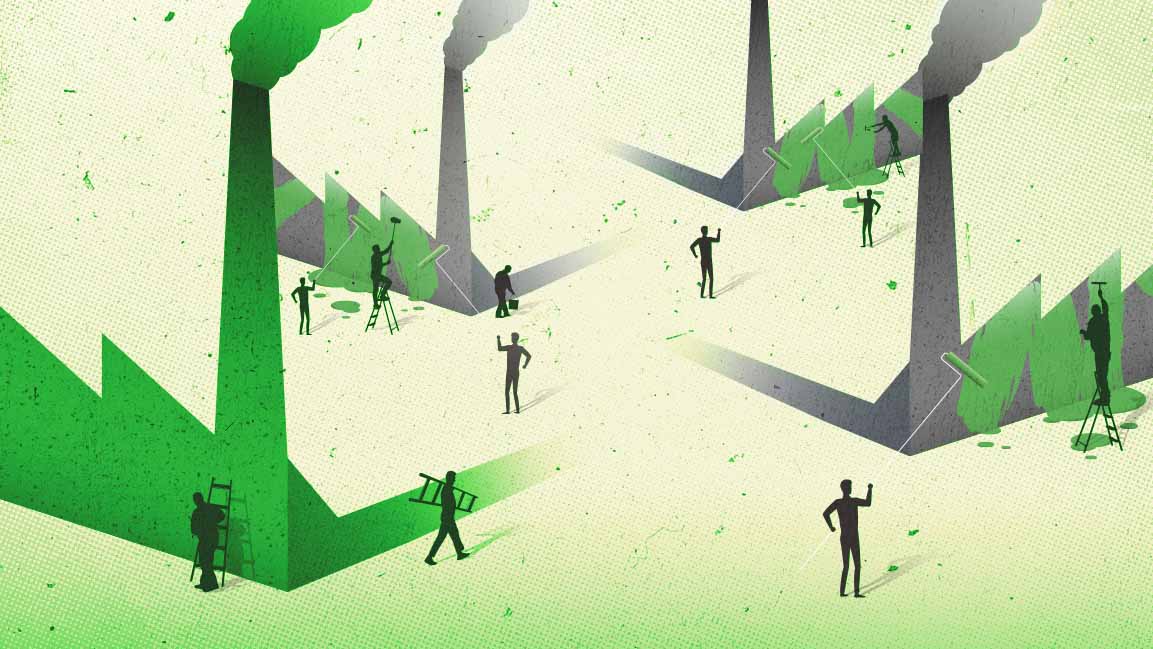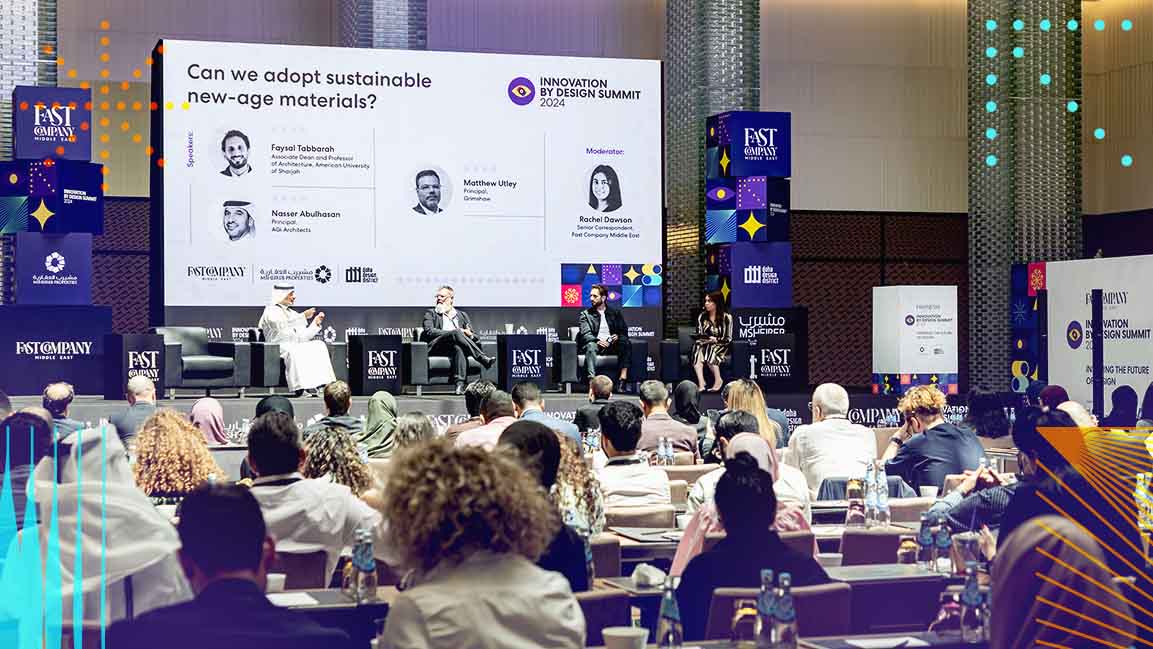- | 10:00 am
3 ways sustainable brands could help conscious consumerism make a comeback
A new survey asked shoppers why they aren’t buying from socially responsible brands anymore. The biggest problems: They can’t name any and think they’re too expensive.

The number of Americans who believe it is important to support socially responsible brands has risen in the past decade. The percentage of consumers who plan to increase their spending with such brands in the year ahead has never been higher. Yet, when push comes to shove, fewer and fewer consumers report purchasing products and services from socially responsible companies.
These are some of the key takeaways from the 10th annual Conscious Consumer Spending Index, a benchmarking study my agency runs that gauges momentum for conscious consumerism, charitable giving and earth-friendly practices. The Index score is calculated by evaluating the importance consumers place on purchasing from socially responsible companies, actions taken to support such products and services, and future intent to increase the amount they spend with responsible organizations.
With inflation lingering near 40-year highs and one quarter of Americans reporting a decrease in their household income in the past year, more individuals are finding it challenging to support socially responsible brands, which typically cost more than traditional products and services. In fact, almost half of respondents (46%) said the cost of socially responsible goods and services prevented them from buying more from conscious companies.
This decrease in purchasing power resulted in only 57% of respondents reporting they purchased goods for socially responsible brands in 2022, down from 64% in 2021 and 62% from the inaugural index results in 2013.
While the current economic situation is making it harder for consumers to support socially responsible brands, there are also more systemic challenges to the “do good” movement. Specifically, here are three opportunities for improvement as we consider the path forward for conscious consumerism.
HOLDING OUT FOR A HERO
Way back in 2015, TOMS was in the media spotlight as an icon for what do good business was all about. It was a hero brand, a poster child for the movement. As part of the Index that year, we began asking consumers to name one company or organization that is socially responsible. Based on unaided recall, TOMS topped the list of responses, and repeated that performance the following year.
Fast forward to 2022. For the fourth year in a row, Amazon is the most cited brand when consumers are asked this question. Meanwhile, TOMS no longer makes the list at all. It’s a classic case of out of sight, out of mind. There are only so many experiences the average consumer can have with TOMS as a brand, even if they are rabid fans. Meanwhile, they engage with companies like Amazon and Walmart, number two on this year’s list, on a daily or weekly basis.
The TOMS one-for-one business model is no longer a novelty and no longer the focus of frequent media attention. As a result, we have lost our hero brand for socially-responsible business. We have many strong brands who are well-known for doing good: Patagonia and Ben & Jerry’s are among the examples. But no brand has captured our collective attention and imagination like TOMS did during its peak as a media darling.
Ultimately, this movement needs a hero. A brand that emerges as a leader and carries the torch for socially-responsible business practices. A brand that is large enough to demand consistent attention from the news media and the average consumer. A brand who can serve as an example and as a powerful advocate for business as a force for good.
BALANCING PURPOSE WITH CONSUMER PRIORITIES
While a strong majority of Americans maintain that a company’s mission is an important factor when they are shopping, consumers ranked several things higher, including a brand’s ability to meet their overall needs, proving to be trustworthy and protecting their health and safety. Meanwhile, almost half of Americans who are interested in supporting do-good brands said price was the biggest barrier preventing them from doing more.
The idea that we must first meet basic consumer needs before purpose can become a game changer is not a new idea. But it is more true than it has ever been. Engrained consumer behaviors and beliefs are hard to overcome, so we must account for them.
DEVELOPING CONSUMER AGENCY
Pre-pandemic, we were seeing the beginning of negative trends related to consumer agency. That year, Americans reported being less confident in their ability to drive change than in previous years. That same year, 40% of respondents said a lack of knowledge about where to find socially responsible products and services was preventing them from doing more good. To drive this home further, 41% of respondents in 2019 were unable to name a specific company or organization who was socially responsible.
This has improved slightly. In 2022, 37% cited a lack of knowledge, and a greater number of Americans were able to identify at least one socially-responsible brand. But there’s still significant work to do, and consumers are not going to do that on their own. As an example, the most prevalent method for consumers to evaluate whether a brand is socially responsible? They read the label on the product packaging. That’s not exactly going the extra mile.
Moving forward, we must find better ways to motivate action among consumers who say the right things but don’t act in a way that is consistent to their beliefs. While roughly a third of Americans are increasing their spending with socially responsible brands each year, another third of Americans are on the fence and in need of a push. This segment has the ability to forever change the narrative and firmly install conscious consumerism as the status quo, but they need more education, motivation and support to reach their potential.








































